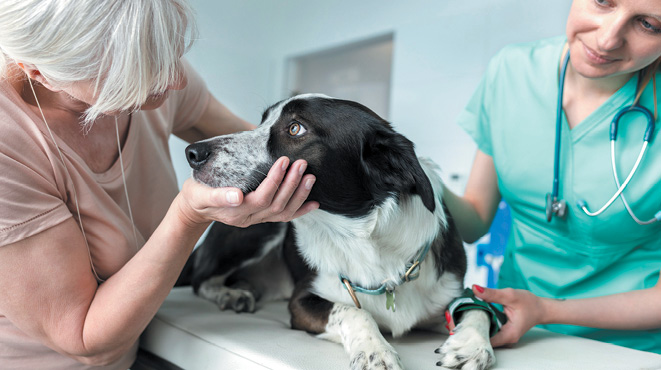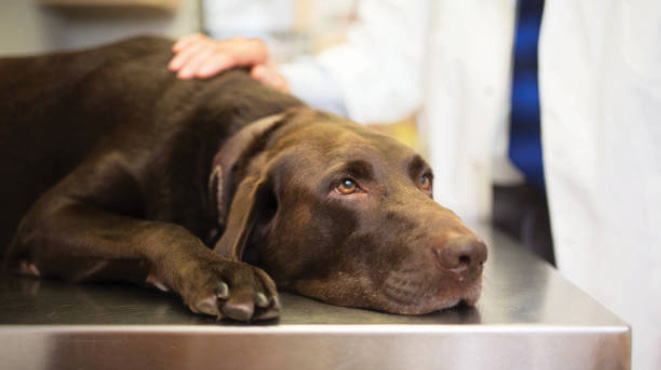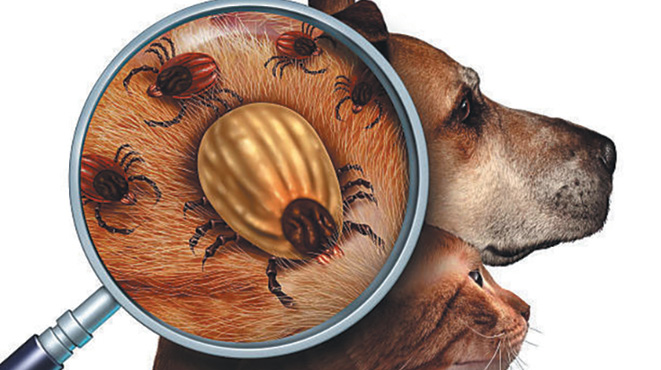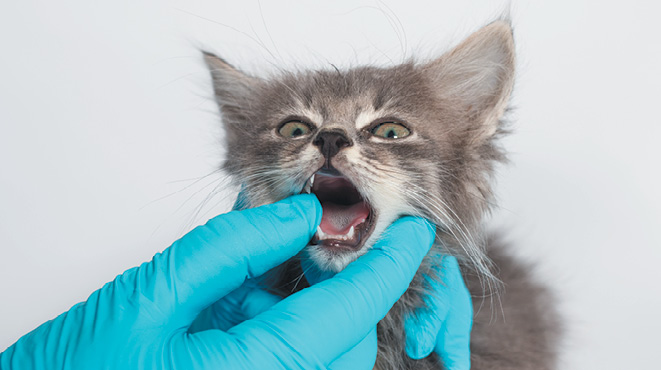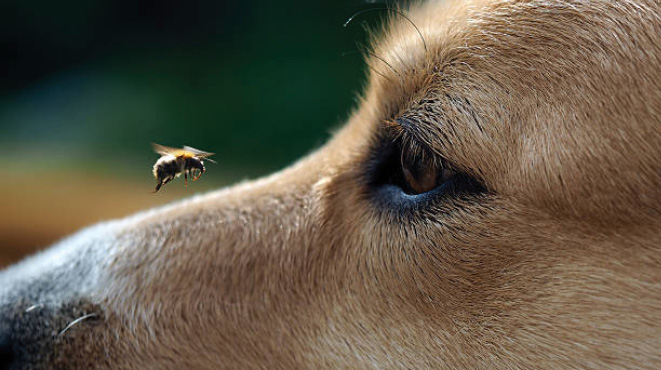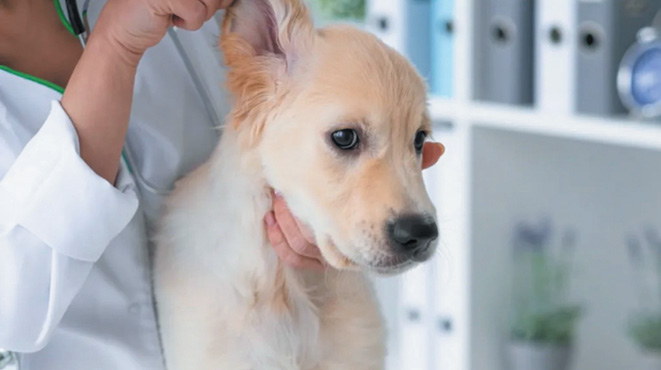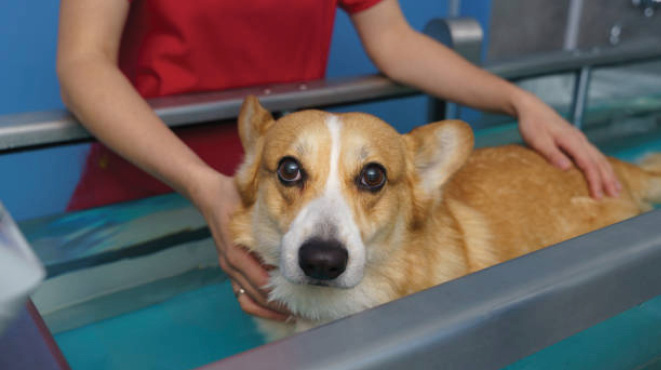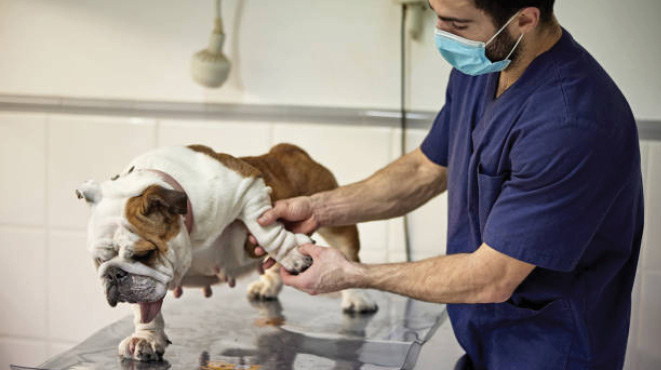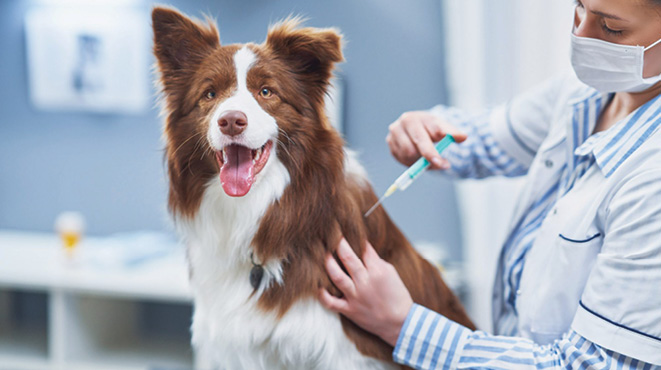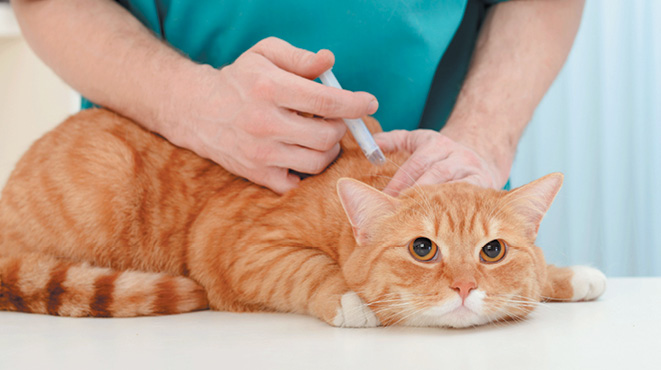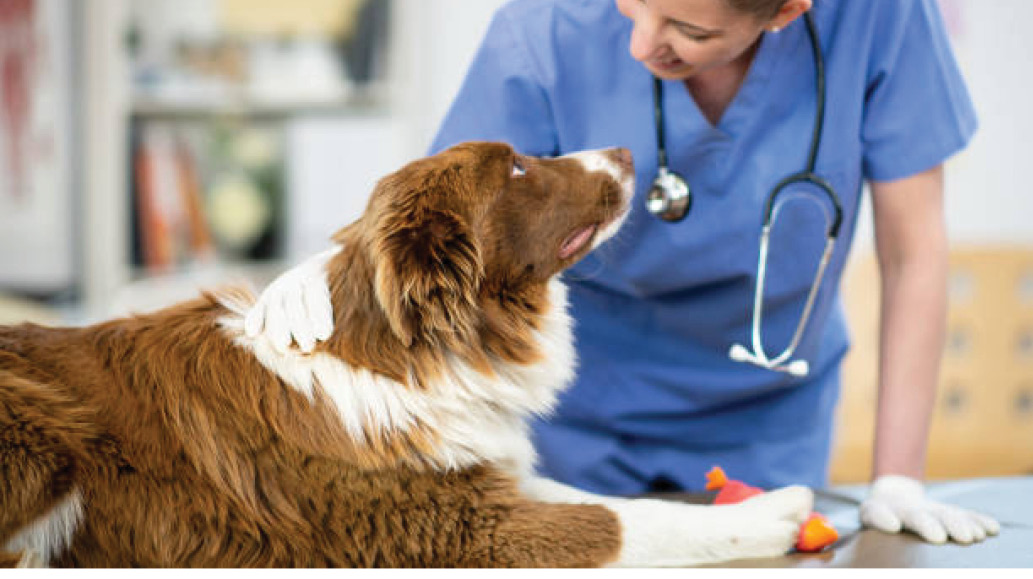BY DR NICKY THOMAS, WYNNUM MANLY VETERINARY HOSPITAL
 Cushing’s disease is caused by an overproduction of the hormone cortisol. Cortisol is produced by the adrenal glands which are located close to the kidneys. The adrenal glands are stimulated to produce cortisol by the pituitary gland which is located in the base of the brain.
Cushing’s disease is caused by an overproduction of the hormone cortisol. Cortisol is produced by the adrenal glands which are located close to the kidneys. The adrenal glands are stimulated to produce cortisol by the pituitary gland which is located in the base of the brain.
Clinical signs
Cushing’s disease is more commonly seen in middle aged to older dogs and only rarely in cats. The signs of Cushing’s disease may include:
- Increased drinking and urination
- Increased appetite
- A “pot belly” appearance may develop
- Lethargy and weakness due to muscle breakdown
- Panting
- Fur loss
- Skin changes such as hyperpigmentation, thinning skin and recurrent skin infections
Diagnosis
Diagnosis of Cushing’s disease may be challenging, especially in early stages of the disease. A number of tests may be required to definitively diagnose Cushing’s disease including:
- Complete blood count
- Biochemistry – there are a number of changes in liver enzymes which may alert your vet to the possibility of Cushing’s disease
- Urinalysis – urine is often very dilute and higher in protein
- ACTH stimulation test which requires two blood tests performed one hour apart
- Low dose dexamethasone suppression test, which is a series of three blood tests performed over an eight-hour period
- Radiographs, abdominal ultrasounds and CT scans may be recommended to determine whether the disease is a result of the adrenal gland or the pituitary gland becoming abnormal
Treatment
Treatment of Cushing’s disease is based on controlling the cortisol overproduction. There are medications which may be prescribed to reduce the adrenal gland’s cortisol output, or in some cases surgery may be required. Your vet will discuss the best option for your pet.

